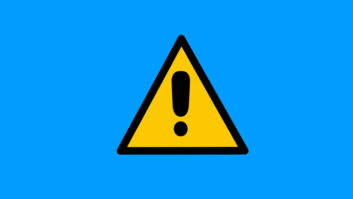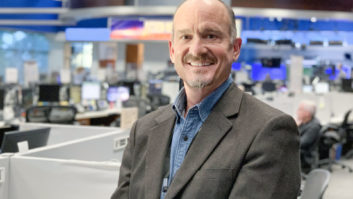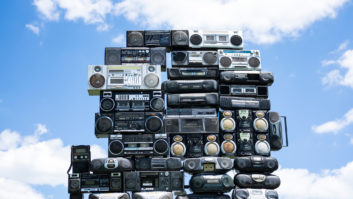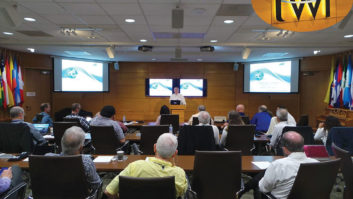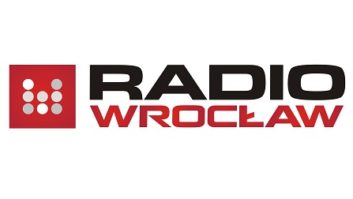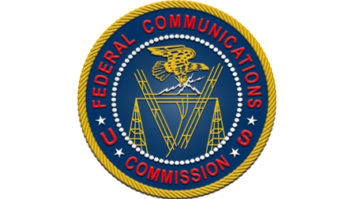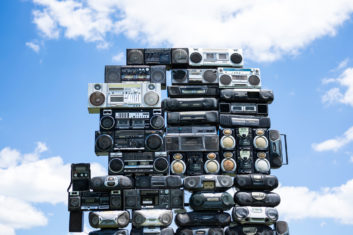
I sat in on Radio World’s presentation about “Digital Sunrise for AM Radio” hosted by Editor in Chief Paul McLane. The webcast lasted almost two hours and was technically informative.
The question Paul kept asking the presenters about going all-digital on AM was one he hears numerous people asking him, “Has the horse left the barn?” In other words, has the world moved on and does anyone really cares about AM radio anymore.
But that’s not the question that was running through my mind.
TOO MANY CHOICES
We live in a world with infinite choices when it comes to audio and video entertainment. Twenty-eight years ago, Bruce Springsteen released his song “57 Channels and Nothing’s On.” The lyrics are very telling of the condition we find ourselves in today.
I bought a bourgeois house in the Hollywood hills
With a truckload of hundred thousand dollar bills
Man came by to hook up my cable TV
We settled in for the night my baby and me
We switched ’round and ’round ’til half-past dawn
There was fifty-seven channels and nothin’ on …
It’s not unusual for people to spend an entire evening going through the program guide on Netflix only to finally retire for the evening having not watched a single program. We’ve all done that.
On just Netflix alone it was estimated in 2015 that it would take a person 34,739 hours to watch everything available on the streaming service. I’m sure that number has grown considerably when you consider in 2019 Netflix introduced 371 series and movies to view.
Add to Netflix more television streaming services like Amazon Prime, Hulu, Apple TV+, Disney+, YouTube and it means choice is not the TV viewer’s problem, it’s choice paralysis. (And maybe also how to pay for it all.)
ALL-DIGITAL AM
The question running through my mind about investing in building out an all-digital AM radio service in America is, “Why?”
When I scan the AM band now, I can hear the same talk shows on station after station. The FM band is no different when it comes to everyone doing the same type of programming.
It has me humming Bruce Springsteen’s song in my head, only with a lot more channels of programming attached to the “nothing’s on” part.
Digital AM seems to be the answer to a question that listeners aren’t asking.
LESS IS MORE
Many businesses fall into the trap of thinking that more products equal more sales and radio certainly can be accused of falling into that trap.
HD Radio was designed to offer a higher-quality broadcast signal for AM and FM radio stations. FM station owners didn’t really get interested in HD Radio until they learned they could feed FM translators with HD2, HD3 signals and put more FM analog signals on the air in their market.
I learned that the all-digital AM service offers the opportunity for an HD2 signal that could feed another FM analog translator.
What Al and Laura Ries tell us from their research is how this strategy of adding more and more choice becomes a trap and can lead to negative consequences in the long term.
ONE GOOD REASON
In media sales, we try to have our clients identify what one thing makes them special and unique. What makes their business so different that consumers will want to come to them instead of their competitors. You may know this process as finding a business’s “unique selling proposition.”
Back in the day, 66-WNBC put up a billboard that gave radio listeners one good reason to turn their radio dial to 660 AM. It simply said. “If we weren’t so bad, we wouldn’t be so good.” This one simple sentence captured the essence of both Don Imus and Howard Stern. It was this radio station’s one good reason to listen. It was this radio station’s one good reason to advertise on it.
And speaking of one, I was told by the WNBC sales manager that it only took one commercial on Howard Stern for an advertiser to see immediate sales results.
That’s the power of a unique brand.
MISPLACED PRIORITIES
Radio had a choice to make in the last decade, to develop unique powerful brands localized to the marketplace the FCC licensed them to serve, or build out more signals with programming that was virtually hard to tell apart from one another. Unfortunately, the radio industry chose the latter and as a result has turned the business into a commodity.
Something for everyone equals nothing for nobody.
Economics defines a commodity as goods or services that have fungibility, in other words something the marketplace treats as everything being nearly equivalent to each other, with little regard for who produces it.
This is why radio sales people will often hear advertisers says things like “all radio stations sound the same, now let’s talk about your spot price.”
Perception is reality.
Or should I say that the listener and advertiser’s perception is accurate, with the reality today being all radio stations do sound the same.
ELECTIONS & RADIO LISTENING
I read an article the other day that said what changes the outcome of any election is turnout. That the way someone wins an election is by getting people who normally sit it out on the couch engaged and out to the polls. It’s not getting people to switch party affiliations.
I think radio may have a similar problem.
For the radio industry to be growing again, what radio needs to be focused on, and investing in, are its people and programming, not putting more signals on the air with nothing to hear.
This commentary appeared at https://dicktaylorblog.com/ and is published with permission.
Dick Taylor, CRMC/CDMC, is a retired broadcast professor who taught at Western Kentucky University.

